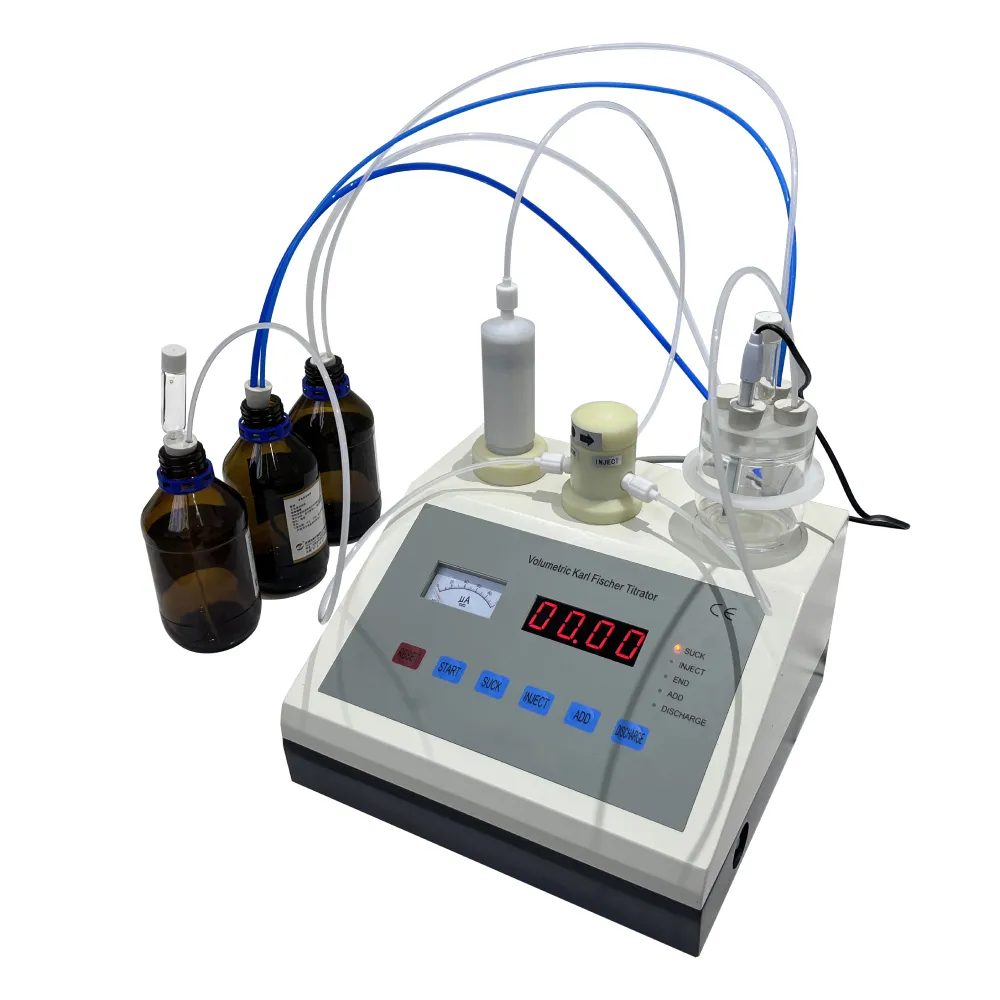 English
English


Digital Insulation Tester for Accurate Electrical Safety Measurements and Testing
Understanding Digital Insulation Testers A Comprehensive Guide
In the world of electrical testing, the importance of insulation testing cannot be overstated. Insulation testers play a critical role in ensuring the safety and reliability of electrical installations. Among the various types of insulation testers available in the market, digital insulation testers stand out for their precision, ease of use, and advanced features. This article delves into the significance of these testers, their working principles, benefits, and how to effectively use them in various applications.
What is a Digital Insulation Tester?
A digital insulation tester, also known as a megohmmeter, is an instrument designed to measure the insulation resistance of electrical equipment, cables, and systems. It does so by applying a high DC voltage to the insulation and measuring the resulting current flow, which allows it to calculate the resistance in ohms. Unlike traditional analog testers, digital insulation testers provide accurate readings that are easy to interpret, featuring clear digital displays and often equipped with memory functions and data analysis capabilities.
Why is Insulation Testing Important?
Insulation testing is crucial for several reasons
1. Safety Assurance Faulty insulation can lead to short-circuits or electrical shocks, posing serious risks to both people and equipment. Regular insulation testing helps identify potential issues before they escalate into dangerous situations.
2. Equipment Longevity Proper insulation enhances the lifespan of electrical devices and systems. By routinely testing insulation resistance, users can detect deterioration early and address it through maintenance or replacement.
3. Regulatory Compliance Many industries are subject to safety regulations that require regular testing of electrical installations. Digital insulation testers facilitate compliance with these regulations, helping firms avoid legal repercussions.
4. Preventive Maintenance Regular insulation testing forms a part of a comprehensive preventive maintenance plan, ensuring that equipment operates efficiently and reducing unplanned downtime.
Advantages of Digital Insulation Testers
The transition from analog to digital insulation testers has brought numerous advantages
- Precision and Accuracy Digital testers provide highly accurate measurements, reducing the risk of human error associated with reading analog dials.
- User-Friendly Interface With digital displays, users can quickly read measurements without having to interpret needle positions. Many models also feature backlighting for visibility in low-light conditions.
insulation tester digital

- Data Storage and Analysis Advanced digital insulation testers have the capability to store multiple test results, allowing for trend analysis over time and making it easier to track equipment health.
- Multiple Voltage Settings Many digital models offer various test voltages (e.g., 250V, 500V, and 1000V), allowing users to test a wide range of equipment according to manufacturer specifications.
- Automatic Features Features such as automatic discharge of the capacitor after testing help ensure user safety and increase efficiency in the testing process.
How to Use a Digital Insulation Tester
Using a digital insulation tester effectively involves the following steps
1. Preparation Ensure that the equipment under test is powered off and properly isolated from any electrical source.
2. Connect the Tester Attach the leads of the tester to the insulation being tested. Typically, one lead connects to the ground, and the other contacts the conductor.
3. Select Test Voltage Choose the appropriate test voltage according to the equipment's specifications.
4. Conduct the Test Initiate the test and observe the digital readout. A higher resistance value typically indicates good insulation, while low values may indicate insulation failure.
5. Record the Data Save the test results for future reference and analysis.
6. Discharge the Tester After completing the tests, follow the manufacturer's instructions to safely discharge any residual voltage.
Conclusion
Digital insulation testers are indispensable tools for electricians and maintenance personnel, enabling accurate assessments of insulation integrity. Their advanced features not only enhance safety but also contribute significantly to maintaining the efficiency and longevity of electrical systems. Regular insulation testing using digital testers is key to preventing accidents and ensuring compliance with industry standards, ultimately safeguarding both people and infrastructure.
-
Differences between open cup flash point tester and closed cup flash point testerNewsOct.31,2024
-
The Reliable Load Tap ChangerNewsOct.23,2024
-
The Essential Guide to Hipot TestersNewsOct.23,2024
-
The Digital Insulation TesterNewsOct.23,2024
-
The Best Earth Loop Impedance Tester for SaleNewsOct.23,2024
-
Tan Delta Tester--The Essential Tool for Electrical Insulation TestingNewsOct.23,2024





